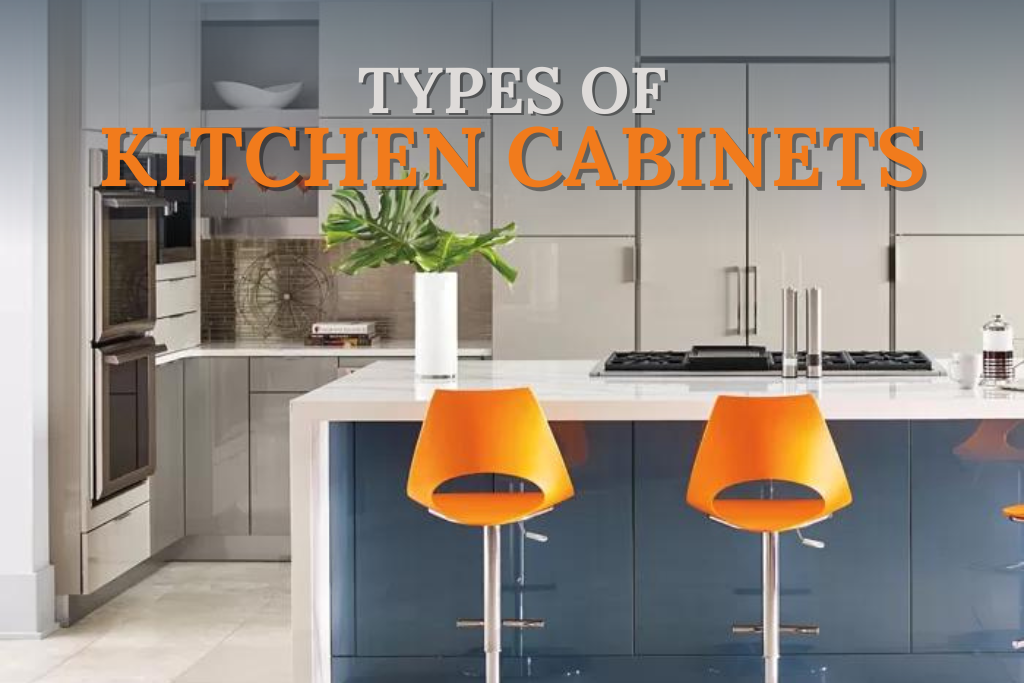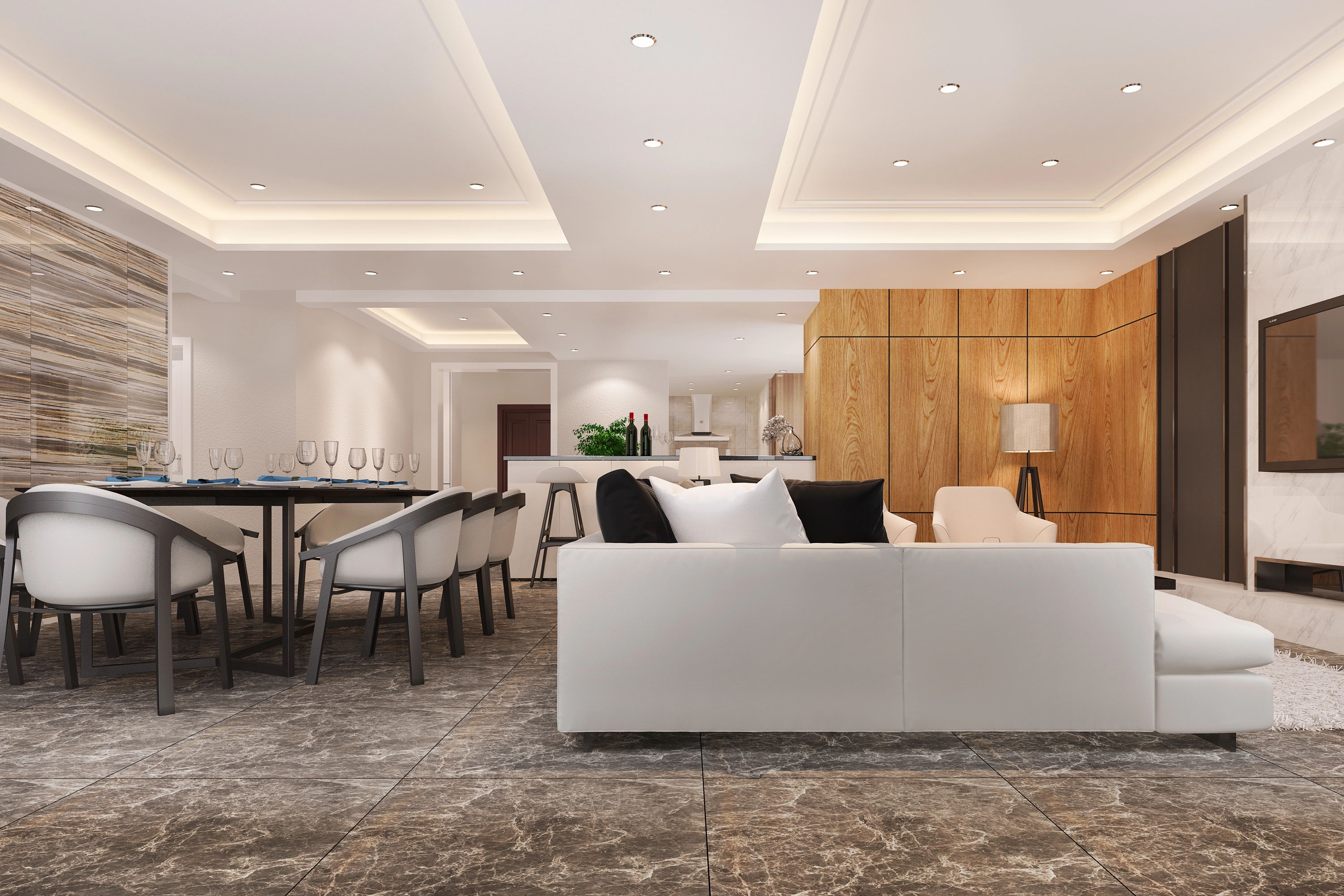Types of Kitchen Cabinets
Kitchen cabinets come in various types, each designed to serve specific functions and fit particular spaces in your kitchen layout. Here’s a detailed overview of the different types of kitchen cabinets:
- Base Cabinets
- *Standard Base Cabinets*
- These are the foundational cabinets installed directly on the floor.
- Standard depth is 24 inches; height is typically 34.5 inches (without countertop).
- Used for storage of larger kitchen items like pots, pans, and appliances.
- *Sink Base Cabinets*
- Designed to house the kitchen sink.
- Usually, they have a false drawer front and an open space below for plumbing.
- *Corner Base Cabinets*
- Utilized to make the most of corner space.
- Types include L-shaped, Lazy Susan (with rotating shelves), and blind corner cabinets (with sliding shelves).
- *Drawer Base Cabinets*
- Feature multiple drawers for organized storage of utensils, cutlery, and smaller kitchen items.
- *Pull-Out Base Cabinets*
- Fitted with sliding racks or shelves for easy access to pantry items and cleaning supplies.
- Wall Cabinets
- *Standard Wall Cabinets*
- Mounted on the wall above the countertops.
- Standard depth is 12 inches; heights vary (usually 12, 15, 18, 24, 30, 36, 42 inches).
- Used for storing dishes, glassware, and other lighter kitchen items.
- *Corner Wall Cabinets*
- Designed to fit in the corner space of the kitchen walls.
- Can be diagonal or have a Lazy Susan inside.
- *Specialty Wall Cabinets*

- Include configurations with built-in racks or hooks for specific uses like spice racks or wine racks.
- Tall Cabinets
- *Pantry Cabinets*
- Extend from the floor to near the ceiling.
- Used for storing food items, bulk goods, and larger kitchen appliances.
- Standard depths are 12 and 24 inches.
- *Utility Cabinets*
- Similar to pantry cabinets but often designed to house brooms, mops, and other cleaning supplies.
- *Oven Cabinets*
- Built to accommodate wall ovens or microwaves.
- May include additional storage space above and below the appliance compartments.
- Specialty Cabinets
- *Microwave Cabinets*
 - Specifically designed to house a microwave, either on the countertop level or above it.
- Specifically designed to house a microwave, either on the countertop level or above it.
- *Appliance Garage Cabinets*
- Small cabinets are usually placed on the countertop to hide small appliances like toasters and mixers.
- *Corner Sink Cabinets*
- Designed for kitchen layouts where the sink is placed in the corner, maximizing corner space.
- *Refrigerator Cabinets*
- Cabinets built above the refrigerator to utilize space efficiently.
- Custom and Semi-Custom Cabinets
- *Custom Cabinets*
- Made to order according to the specific dimensions and requirements of the kitchen.
- Offer the most flexibility in terms of design, material, and finishes.
- Ideal for non-standard kitchen layouts or unique design preferences.
- *Semi-Custom Cabinets*
- Provide more flexibility than stock cabinets but are not fully customized.
- Offer a variety of styles, finishes, and configurations.
- Balance between cost and customization.
| "BEST BUILDER FLOOR APARTMENT IN CHENNAI" |
- Ready-to-Assemble (RTA) Cabinets
- *RTA Cabinets*

- Shipped flat-packed and require assembly on-site.
- Typically more affordable than pre-assembled cabinets.
- Available in various styles and finishes.
- Stock Cabinets
- *Stock Cabinets*
- Pre-manufactured in standard sizes and finishes.
- Most budget-friendly option.
- Limited in terms of customization but readily available.
- Material Considerations
- *Solid Wood*
- Durable and can be refinished.
- Adds a classic, timeless look.
- *Plywood*
- Strong and moisture-resistant.
- Often used for cabinet boxes and shelves.
- *MDF (Medium-Density Fiberboard)*
- Smooth surface ideal for painted finishes.
- Affordable and stable but less durable than solid wood.
- *Particleboard*
- Cost-effective but less durable.
- Often used in budget-friendly cabinets.
- Finishes and Styles
- *Painted*
- Wide range of colors available.
- Provides a smooth, modern look.
- *Stained*
- Highlights the natural grain of the wood.
- Available in various shades.
- *Glazed*
- Adds depth and character to the paint or stain.
- Creates an antique or distressed look.
- *Laminate*
- Durable and easy to clean.
- Available in various colors and patterns.
- Considerations for Choosing Cabinets
- *Kitchen Layout*
- Consider the layout (U-shaped, L-shaped, galley, etc.) to determine the type and number of cabinets needed.
- *Storage Needs*
- Assess your storage requirements to select the appropriate combination of base, wall, tall, and specialty cabinets.
- *Budget*
- Custom and semi-custom cabinets are more expensive, while stock and RTA cabinets offer budget-friendly options.
- *Design Preferences*
- Choose materials, finishes, and styles that match your kitchen design and personal taste.
By understanding the various types of kitchen cabinets and their specific functions, you can make informed decisions to optimize your kitchen space and meet your design and storage needs.
https://www.livehomes.in/blogs













